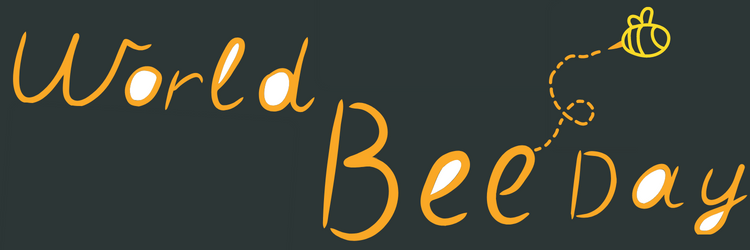Boost Backyard Biodiversity for World Bee Day
Australia has suffered the largest decline in biodiversity of any continent. But if you have any sort of outdoor space, you have the power to help! Introducing native plants to our backyards is an invaluable asset against extinction.

Australia is full of some of the most incredible wildlife from across the globe, much of which is found only here. As one of 17 megadiverse countries globally, our environment is home to a rich diversity of plants and animals. Unfortunately, this may not be the case forever. In the last 200 years, since European colonisation, Australia has suffered the largest decline in biodiversity of any continent. We have already lost too much of our wildlife, and without some sort of change we stand to lose much more.
The devastating 2019–20 bushfires had a significant impact on native Australian bees, with eleven species now eligible to be listed on the International Union for Conservation of Nature’s red list of threatened species. These bees have co-evolved with our unique native flora over thousands of years and play a vital role in preserving biodiversity and ecosystem health. Without bees, many ecosystems would be altered or cease to exist altogether.
Our overall threatened species list has increased by 8% since 2016, now including beloved species such as the Gang-gang cockatoo and placing 21% of Australian mammals under threat, but this is by no means irreversible. The government has plans in place to conserve our wildlife, but they mean very little without the help of our communities.
If you have any sort of outdoor space, you have the power to help. Introducing native plants to backyards is an invaluable asset against extinction. More than this though, it is a fun and rewarding activity that can end up saving you time and money. Native plants and animals have evolved together for millions of years, they support one another. More native plants in your backyard will inevitably mean more bees, more bird, more insects. Even mammals and frogs. By planting things that would naturally grow in your local area, you are creating a refuge for the animals that live there too.
This is far from the only environmental service. Native plants require less water, less maintenance, and generally need no chemicals or fertilisers to grow. Chemical pesticides are becoming an increasing issue due to chemical runoffs contaminating our soils and waterways; causing harm to plants and animals. It isn’t just your home that will benefit from healthy gardens, it’s the water systems that stretch for kilometres beyond that. Backyard biodiversity encourages healthy soils, healthy waterways, and a healthy population and wildlife for you to enjoy from the comfort of your own home.
Of course, easier maintenance and less spendings on garden tools and supplies, not to mention less watering, also means more time to enjoy your garden and more money in your pocket. On a larger scale, creating biodiversity in local backyards can create wildlife corridors. Wildlife corridors are stretches of native vegetation that connect larger areas of habitat, significantly increasing the ranges for much of the wildlife. Biodiversity on this scale has the potential to purify the air, to regulate the climate, and to return wildlife populations to their natural amounts.
Much like our animals, Australian plants also offer an array of some of the most unique and beautiful specimens from anywhere in the world. The bottlebrush boasts fascinating red, or sometimes yellow flower spikes made up of many individual flowers in a ‘bottlebrush’ shape. They attract nectar-feeding birds and insects such as Wattlebirds and native bees. Whilst they generally flower in spring and summer, regular pruning will give you stunning flora at any time of the time.
Acacia, more commonly known as wattle, is another brightly coloured flowering plant that does wonderfully in most any backyard. As different species flower at different times throughout the year, careful selection of your plants will mean various flowers throughout the entirety of the year. If edible plants are more your thing, Australian flora has no shortage of that either.
Some backyard staples include pigface, a creeping succulent with deep pink-purple flowers and fruit that is said to taste like salty apples, and New Zealand Spinach, an easy to grow veggie you can incorporate into practically any dinner recipe. This is, of course, to name only two plants.
No matter what you’re after, be it a colourful garden full of native flowers, something low maintenance that you need only water once in a blue moon, or a backyard that supplies you with all of your cooking necessities; native plants will never disappoint. And you needn’t worry about having a garden composed entirely of natives. One or two flowering shrubs or trees will contribute enormously to the environment and have your backyard bustling with birds and bees in no time at all.
By Una Hingst
Search for other blog topics:


